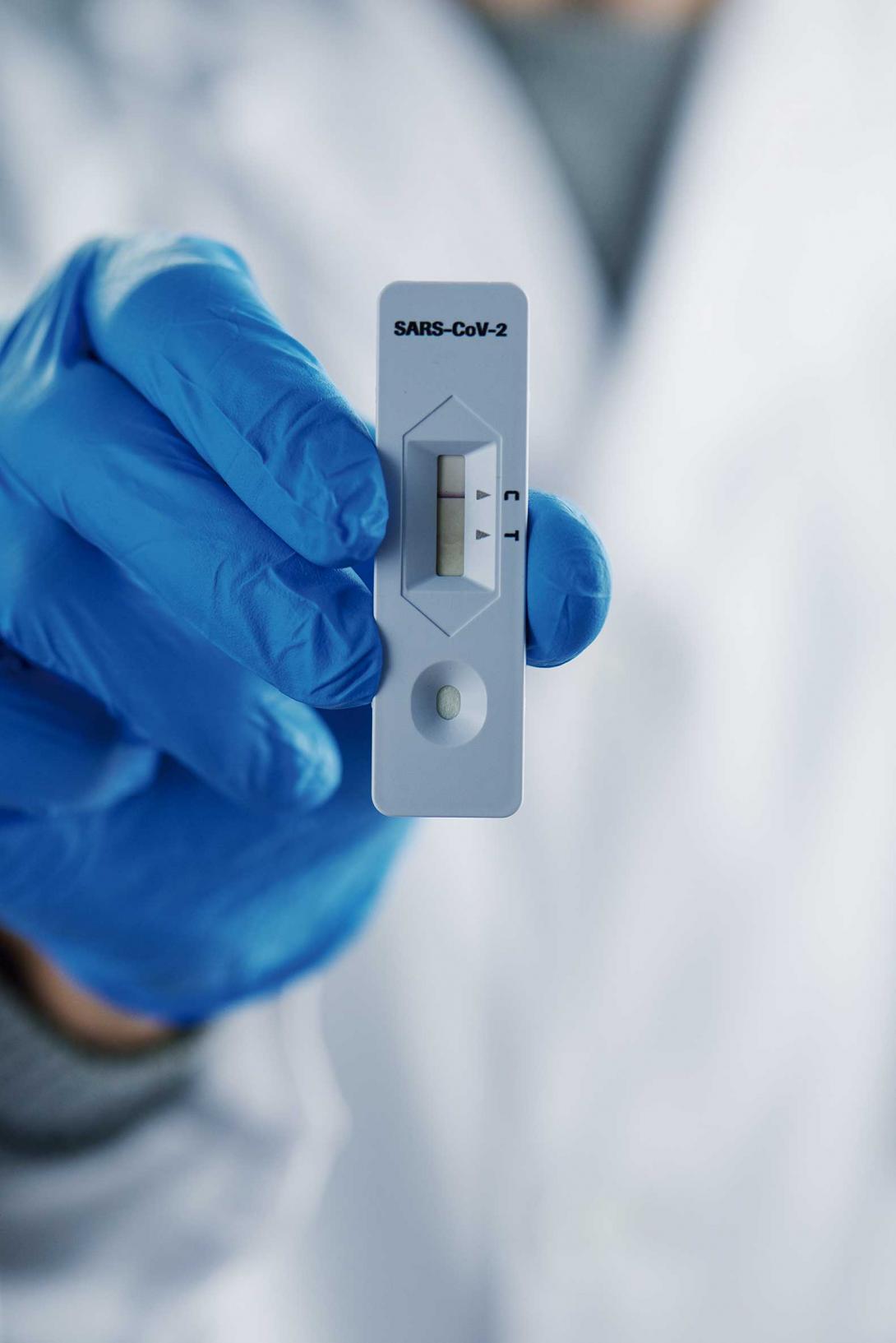
Guide for interpreting the results from PCR and serological tests
All the tests and results must be interpreted by a healthcare profession, who must evaluate the onset and duration of symptoms, the patient’s clinical history and the epidemiological situation in each case.
The reports of the laboratory results offer explanatory keys in each test to be able to understand them, but not everyone interprets them correctly. Patients aspire to having a negative PCR as a response to not having the virus, although this result does not always certify the situation one hundred percent. “A clear example would be that of a close contact with an infected patient. If we do a PCR before 4-5 days and it gives a negative result, we could falsely believe that we are not infected, when really we could be. It is always good to have the evaluation and opinion of a healthcare professional,” Dr. Luján advises.
The same happens with the serology results. “They must be interpreted from the onset of the symptoms and not only with the results. In the case of a positive IgM and IgG result, the antigen or PCR test must also be evaluated. We could find patients who have passed the infection after 15 days and who have antibodies, but who still give a positive PCR result and continue to be carriers of the virus,” Dr Candás warns. On the other hand, “if the PCR or antigen tests are negative and 15 days have passed since the onset of the infection, it could be considered that the infection has passed and antibodies have been generated for immunity,” laboratory manager from the Hospital de Barcelona concludes.





